|
As course designs and handling techniques have evolved in the sport of agility, so too have the demands placed on our dogs. Fast, accurate weave pole performance is what we all strive for, but we need to be aware as to how our dog's individual strengths and limitations affect their performance. Pushing our dogs to repetitively weave without taking the time to pay attention to how their unique considerations will shape their performance, can leave our dogs sidelined and injured. Likewise, if we identify and address our dog's limitations, we are better able to not only reduce the likelihood of injury but improve performance. What Factors Influence my Dog's Weaving Performance?
What happens physically when your dog weaves?Take a minute and think about your dog – if you have a small breed, how they’ll perform the weaves will differ greatly from how a large breed dog will. When a dog enters the weaves poles, they begin by flexing their neck to start the weaving motion. The arc throughout their body will differ greatly depending on the size of dog.
For a smaller dog, depending on the speed, the arc throughout the body may be fairly minimal. A smaller dog may simply be trotting through the weaves, with both forelimbs on the same side of a pole at the same time, and the hind limbs following through together. Unless the dog has risk factors from a previous injury, a long or inflexible spine, or straight angulation there's not a lot of stress on the spine there. As speed increases, the way a smaller dog moves through the weave will also change - the hind limbs are either moving together with joints flexed, or each leg may be in an individual step. Large dogs will have a greater arc throughout the weaves. The dog may be making an "S" curve so they can move quickly and effectively through the poles. The neck has a greater flex around the pole and the forelimbs are moving in either a one or two-sided action while the centre of the body arcs in the opposite direction. Their hind limbs perform a more exaggerated version of the small dog's movement. Remember, as speed increases, stresses on the body increase, particularly the one-sided movement. You may be wondering whether the single step or double step bounce for the weave is physiologically safer. The truth of the matter is while a double step may be physiologically easier on the body your dog will naturally fall into a rhythm they're comfortable with. What you can do to prevent injury?Failure to perform an obstacle is often the first early warning sign of a problem. If your previously reliable weaving dog sudden starts popping poles, or uses the wrong lead leg it may be time to get your dog a physical examination to identify early muscle imbalances, gait changes, pain and limitations in front/rear/spine flexibility and range of motion. A great tool to help you identify potential issues is to video your dog's weave performance so you can see/identify any early issues or re-occurring problems. This was something I did with my own dog Quinn and was able to determine that she using the wrong lead leg. As this was a new behaviour for her I was able to tell she was compensating for some muscle weakness and discomfort. Research shows that a common extremity soft tissue problem for agility dogs is biceps tendinitis. The biceps muscle extends the shoulder and flexes the elbow and is a muscle group that gets a lot of use during weave performance. Quinn's wrong lead leg weave performance was an early indication to this condition. Remember, given the physical stresses of the movement on the dog, we want to consider limiting reps during training. Excessive practice not only fatigues your dog but can also place undue stress on their body. Unless you're training endurance in the poles try limiting difficult weave entries using only 6 poles instead of 12. Also keep in mind the training environment - is the surface slippery? You'll want to adjust the number of reps you ask your dog to perform to suit. I would recommend limiting your session to 6-8 sets in your training session to reduce the stress on your dog's body. Injury Prevention Checklist
2 Comments
11/16/2023 07:49:28 pm
In what ways can the design and arrangement of weave poles impact the physical challenges faced by dogs during agility training?
Reply
Leave a Reply. |
AuthorCarolyn McIntyre Archives
March 2024
Categories
All
|

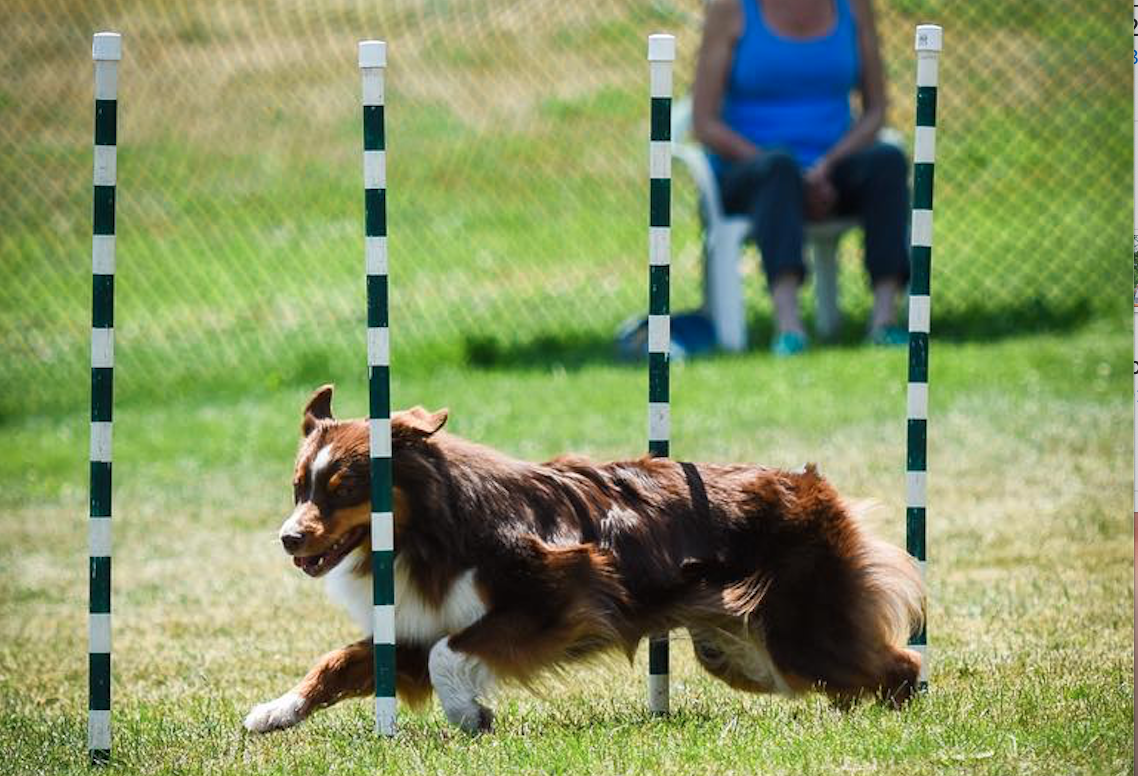
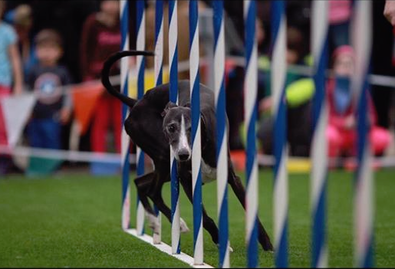
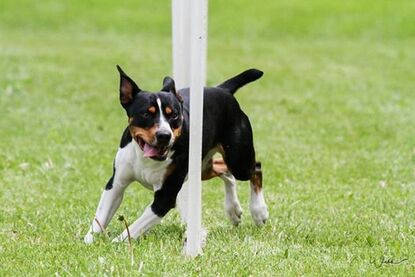
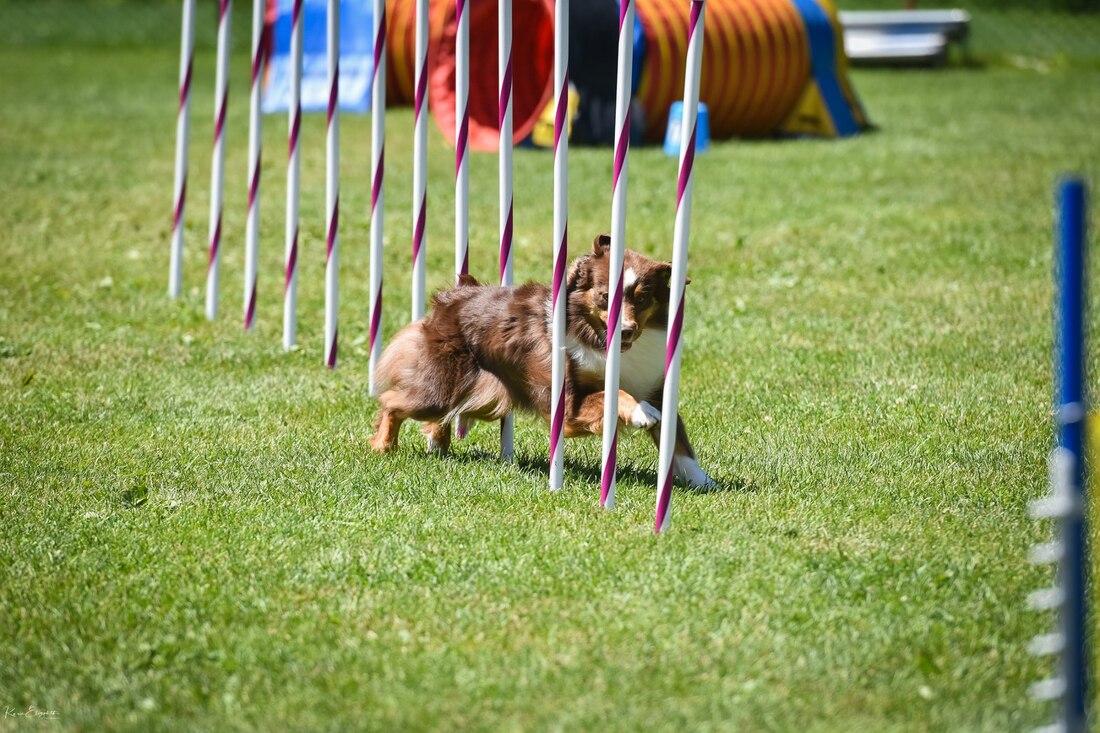
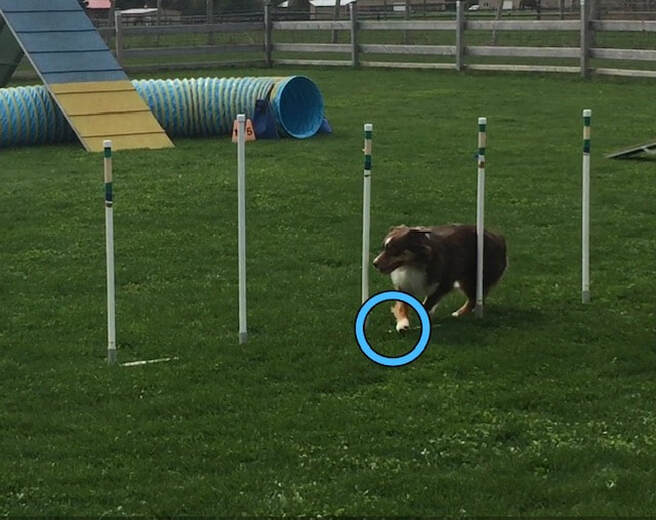
 RSS Feed
RSS Feed